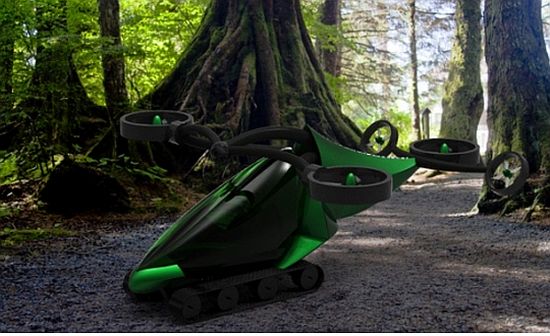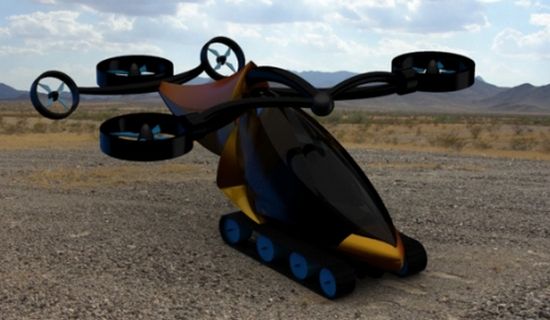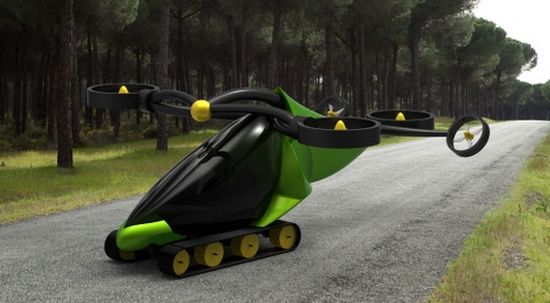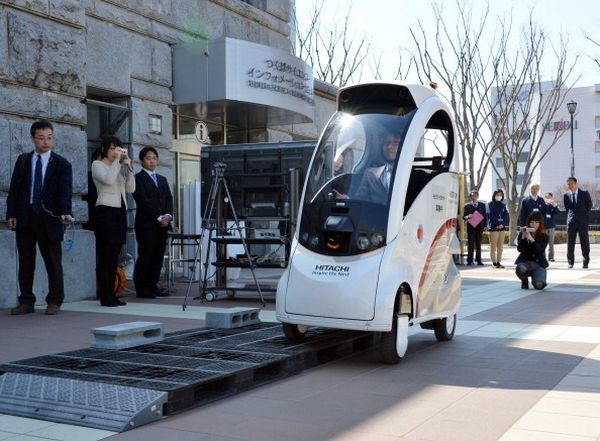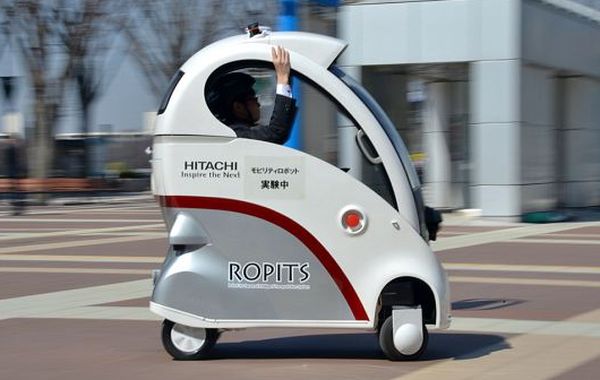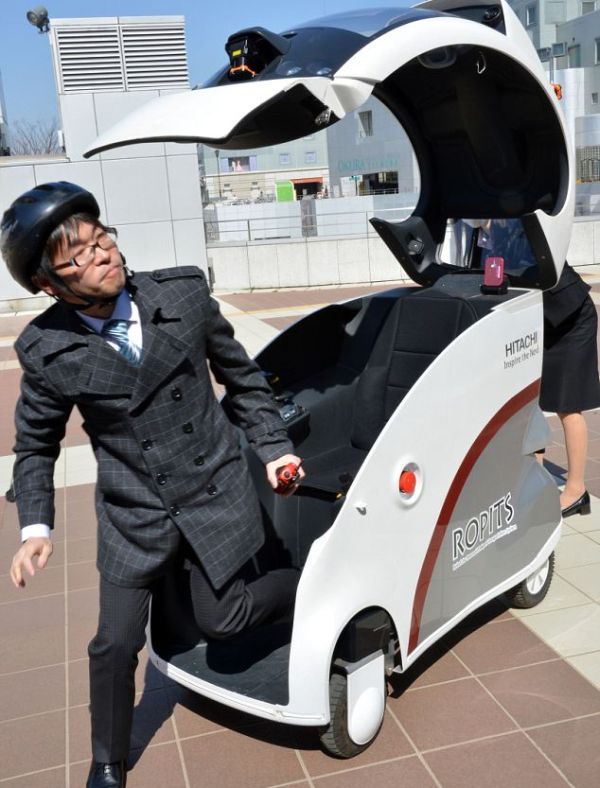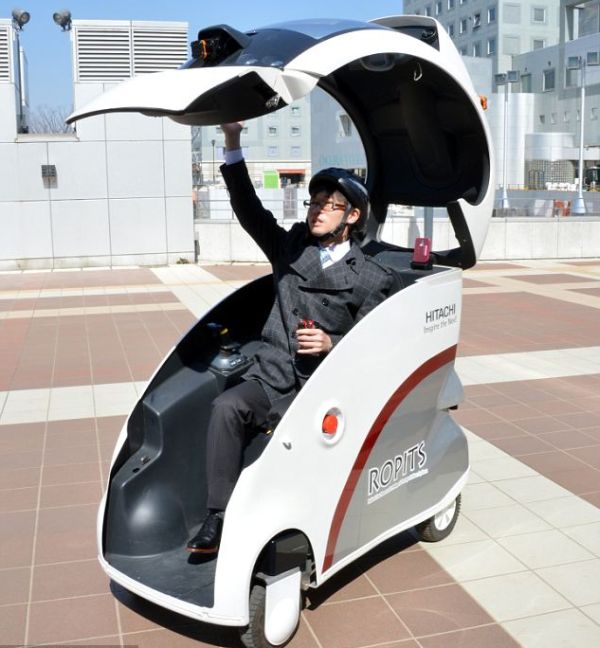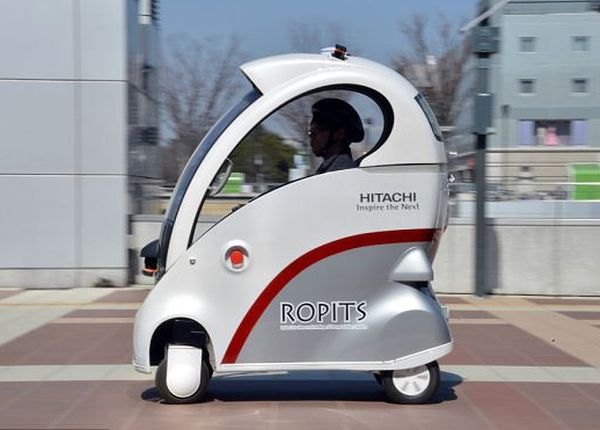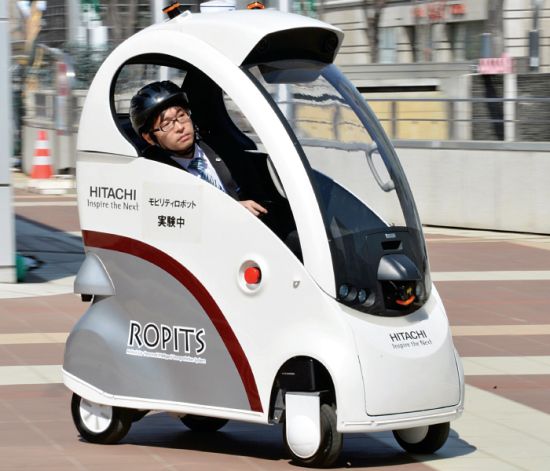17 August 2009—An army of exoskeletons is coming. And according to their inventor, Professor Yoshiyuki Sankai of the University of Tsukuba, in Japan, they’re making a difference in the lives of disabled people.
Speaking at the International Conference on Intelligent Robotic Technology and Business, held earlier this month in Taipei, Taiwan, Sankai proudly described how the robotic exoskeleton suit HAL (short for Hybrid Assistive Limb), helped a 46-year-old man whose left leg was withered by polio when he was 11 months old.
HAL reads electric signals at the surface of the skin that are generated by the muscle beneath and then uses them to guide the movement of robotic limbs strapped to a person’s real limbs, thereby multiplying their strength.
The polio patient’s withered left leg generated extremely weak bioelectric signals at first, and the robotic limb remained unmoved. Ten days later, with HAL’s assistance, the patient moved his left leg based on his own intention. “He cried,” says Sankai.
Sankai suspects that in the past 45 years, the patient’s brain had rarely generated the signals needed to move his left leg. After the patient used HAL, the levels of signals strengthened and became detectable. Sankai says that similar phenomena were observed when applying the HAL suit to patients with spinal cord injuries. Starting in late April, his team began measuring bioelectric signals in polio and stroke patients before and after using HAL. They hope to record data over a period of 8 to 12 months. An analysis of how the brain adapts to HAL will be taken into account to improve the exoskeleton’s operation, says Sankai.
In Japan, more than 20 sets of various HAL exoskeletons are in use at hospitals and rehabilitation centers, Sankai says. The facilities lease the robots from Sankai’s company, Cyberdyne, for about US $1700 per month on average.
“It’s worthwhile, because a suit can be used for eight patients per day,” he says, adding that the service could possibly be cheaper once the market for the exoskeletons increases.
Sankai, who is Cyberdyne’s CEO, expects to supply 80 to 90 suits in Japan in October. At the end of September, 10 sets of HAL suits will be delivered to Denmark to be used by nurses who care for elderly people. The suits should enhance the nurses’ strength, helping them to move patients.
More versions of HAL are in the works, says Sankai. Following HAL’s use by a man injured in a car wreck to climb the 4164-meter Breithorn Mountain, in Switzerland, the company decided to develop a weather-resistant outdoor exoskeleton. Sankai says the company will also be introducing a HAL with significantly smaller and lighter batteries this fall at an event in Kyoto.









